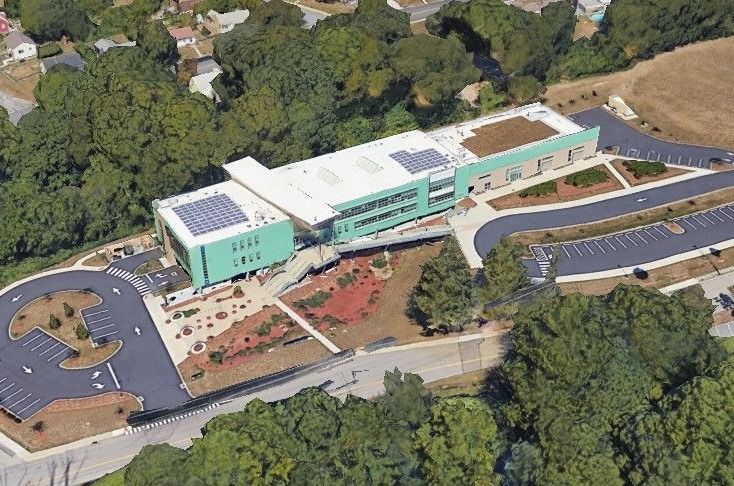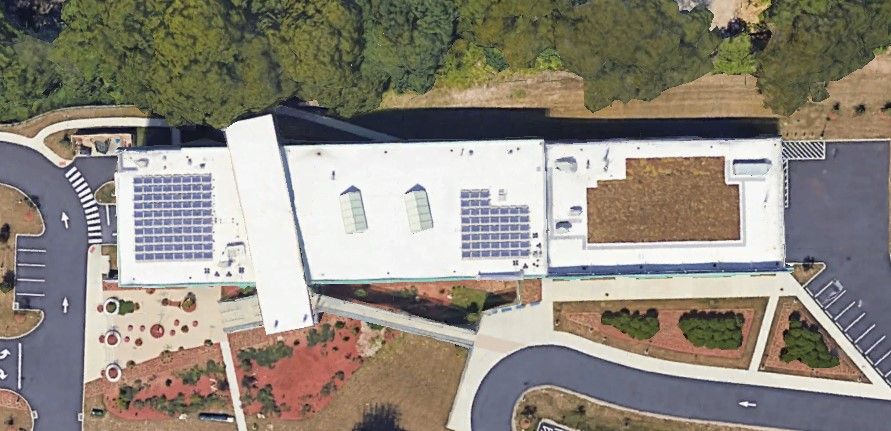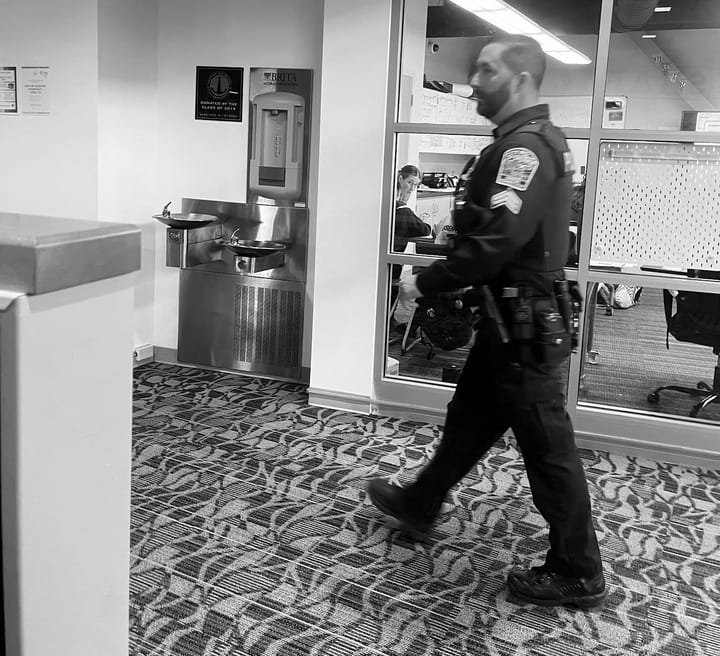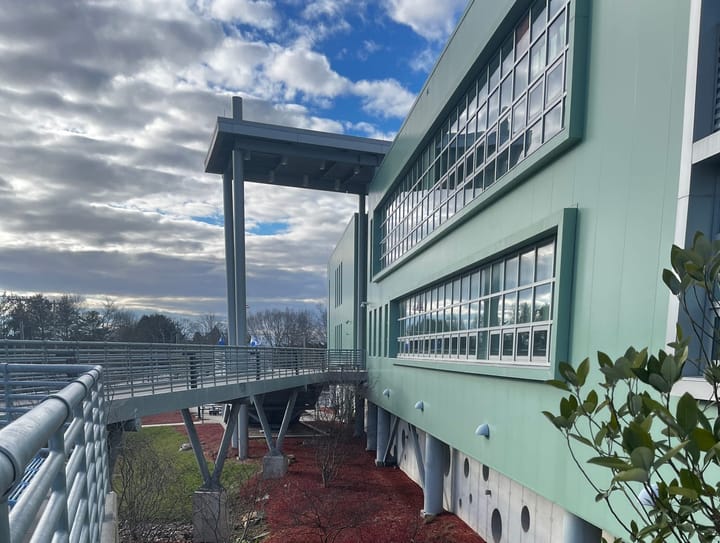Unraveling the Mystery of the Green Roof
The long and little-known history of the roof of MSMHS.

The green roof has long been a point of mystery at MSMHS. Many people know of the green roof’s existence, but few know any specifics, and even fewer have had the opportunity to see it in person.
In 2011, before MSMHS was built, there was another school named Eastern Point Elementary on the same site. Eastern Point was closed in 2008 and demolished in the spring of 2009 to make room for the construction of MSMHS.
"This is the most exciting project I've worked on in the 25 years of designing schools."
The green roof was planned to fit with the ecologically conscious curriculum of MSMHS. The building design was led by Principal and Chief Architect Officer James LaPosta of JCJ Architecture. In an interview with Patch reporter Jessie King, Mr. LaPosta described MSMHS as “a green building both literally and figuratively,” adding that this was “the most exciting project I've worked on in the 25 years of designing schools.”

According to aquaculture teacher Mr. Litvinoff, the green roof extends around 100 feet from the science wing bathrooms all the way to the end of the aquaculture lab (Rough satellite measurements from Google Earth put the length at about 105 feet.) The only way up to the roof is through a fire escape ladder that, for legal reasons, is not approved for use by students. Because of the difficulty of reaching the green roof, the building's designers filled the green roof with plants that needed little to no care. Examples of this are cactuses, shrubs, and perennial plants that come back year after year.
According to the U.S. General Services Administration, green roofs can help the environment by filtering pollutants out of runoff, serving as a habitat for local birds to nest, and acting as a natural insulator to lower energy usage. Additionally, green roofs are expected to last twice as long as conventional roofs, saving the natural resources that would be required to rebuild or repair a traditional roof.





